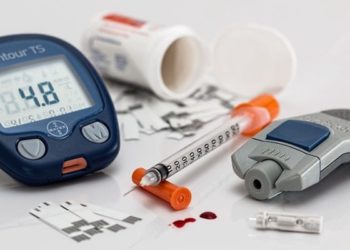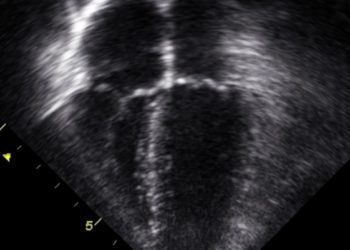STOP-IT trial supports fixed-duration antibiotic therapy for intraabdominal infections
1. Rates of surgical site infection, recurrent intraabdominal infection, or death within 30 days were similar in patients with intraabdominal infections receiving either 4 (fixed-duration) or up to 10 days of antibiotic therapy after adequate source control had been achieved.
2. The adherence rate to the fixed-duration antibiotic therapy of 4 days was 81.8% compared to 72.7% in the control group (up to 10 days, tailored to signs of infection).
Evidence Rating Level: 1 (Excellent)
Study Rundown: Intraabdominal infections are traditionally treated with antibiotics until there is resolution of symptoms or normalization of laboratory markers of infection. The assumption underlying this approach is that persistent symptoms and laboratory abnormalities reflect ongoing bacterial replication. However, it is also possible that there is a delay between control of the infection and resolution of the body’s inflammatory response. If so, there may be a case for shortening the length of antibiotic treatment.
The Study to Optimize Peritoneal Infection Therapy (STOP-IT) randomized patients with intraabdominal infections in whom adequate source control had been achieved to either 4 days of antibiotic treatment (the experimental group) or antibiotic treatment until 2 days after resolution of signs of infection, with a maximum length of treatment of 10 days (the control group).
There was no difference in the primary outcome, a composite of surgical site infection, recurrent intraabdominal infection, or death within 30 days, between the experimental and control groups. It should be noted that the trial only enrolled half as many patients as was deemed necessary to demonstrate equivalence with a threshold of a 10 percentage point difference in either direction. Nevertheless, given how similar the outcomes were in both groups, it seems likely that there is no clinically significant difference between a fixed duration of antibiotic therapy and a potentially longer course tailored to the resolution of symptoms and markers of infection.
Click to read the study, published today in NEJM
Relevant Reading: Comparison of 8 vs 15 days of antibiotic therapy for ventilator-associated pneumonia in adults: a randomized trial
In-Depth [randomized controlled trial]: 518 patients were enrolled and randomized. Inclusion criteria were: 16 years of age or older, complicated intraabdominal infection with fever, leukocytosis or gastrointestinal dysfunction, and adequate source control. The protocol did not dictate the choice of antibiotics, only the duration.
The investigators originally planned to enroll at total of 1010 patients in order to have a power of 90% to detect a 10% difference between the groups. However, since the results at the interim analysis showed no significant difference between the two groups, the trial was not funded to reach the target enrollment (due to concern for futility).
Adherence to the protocol was 81.8% in the experimental group and 72.7% in the control group. In the experimental group, all 47 non-adherent patients received a longer course of antibiotics than specified in the protocol. This could bias the results towards a finding of no difference between the control and experimental groups. However, a per-protocol analysis also found no significant difference between the two groups. There was no difference in the primary outcome between the experimental and control groups (21.8% vs. 22.3%, p = 0.92); this was similar in the time-to-event analysis (P=0.96 by log-rank test comparing experimental and control groups in terms of time to the composite primary outcome).
Image: PD
©2015 2 Minute Medicine, Inc. All rights reserved. No works may be reproduced without expressed written consent from 2 Minute Medicine, Inc. Inquire about licensing here. No article should be construed as medical advice and is not intended as such by the authors or by 2 Minute Medicine, Inc.







